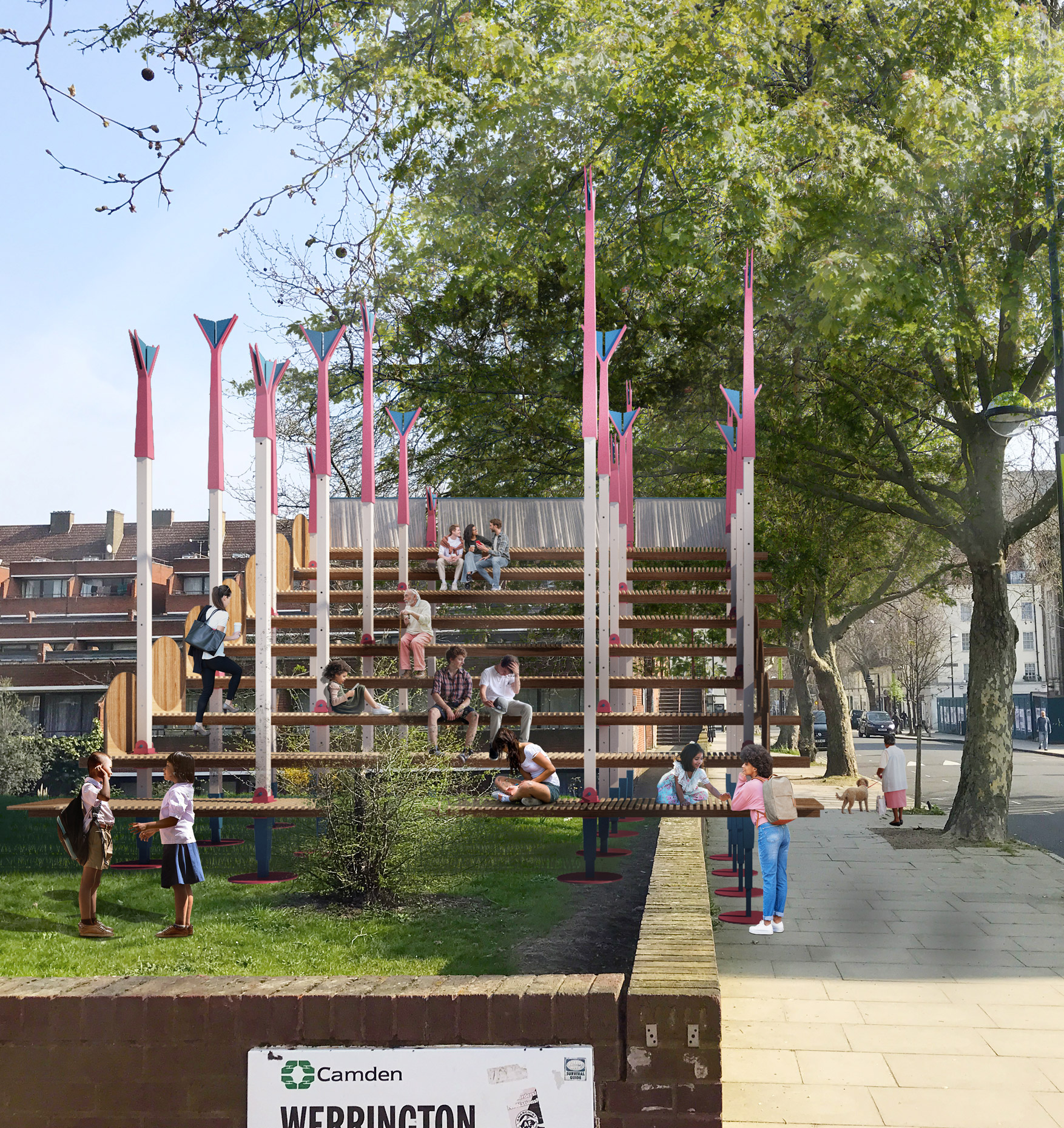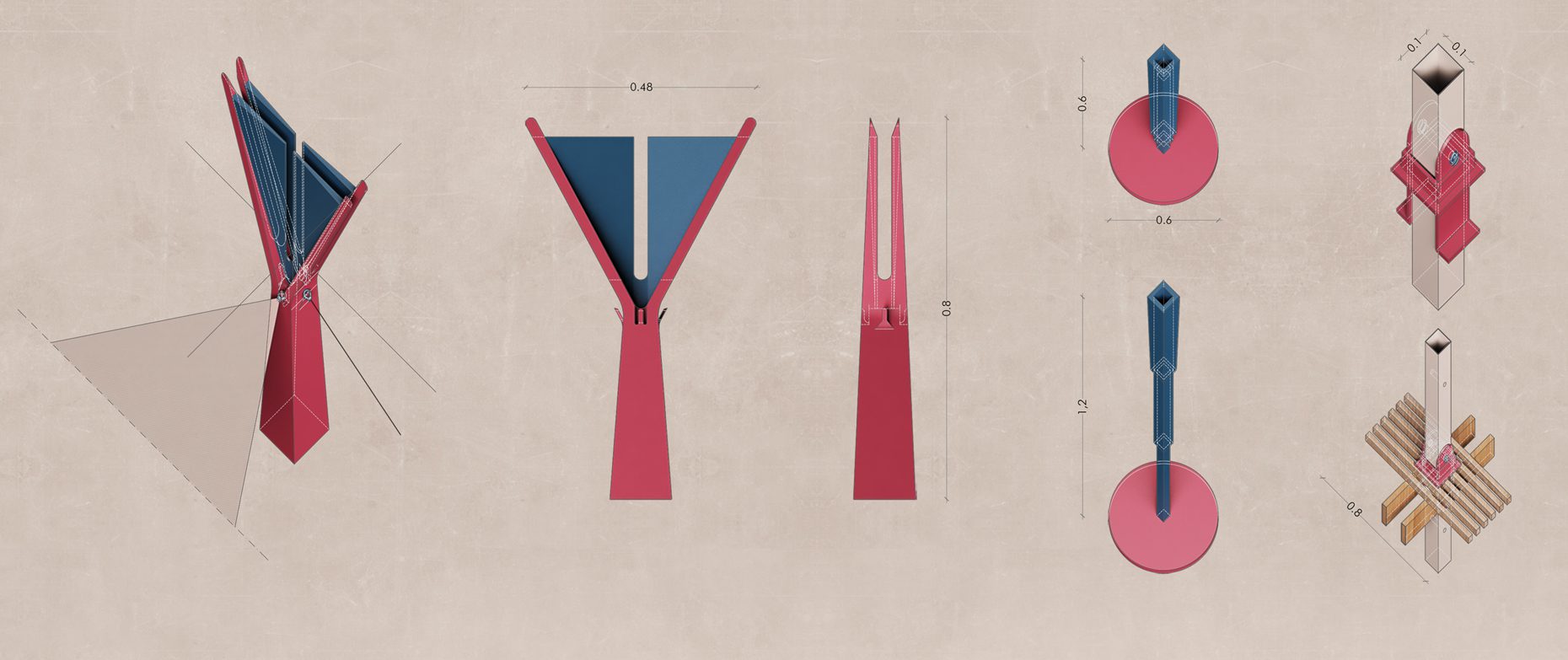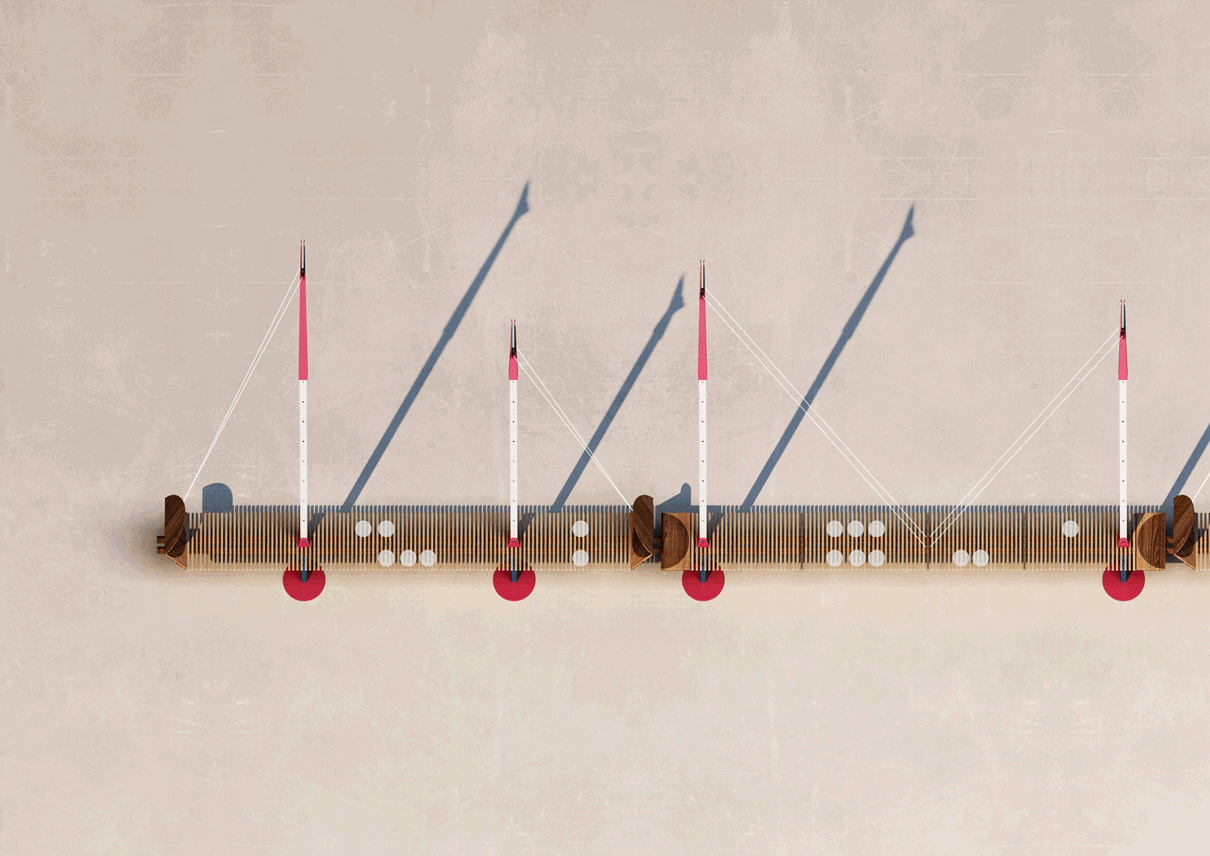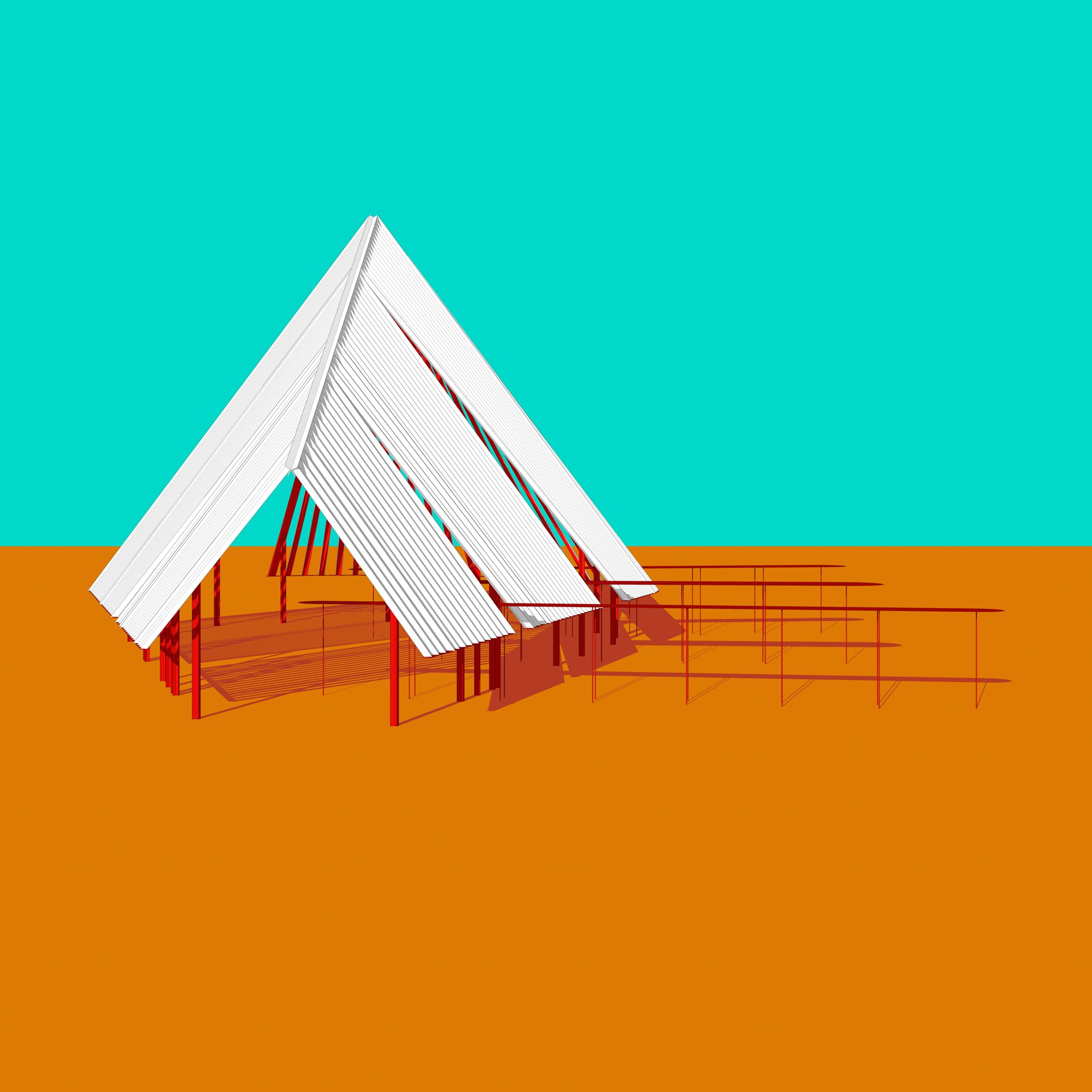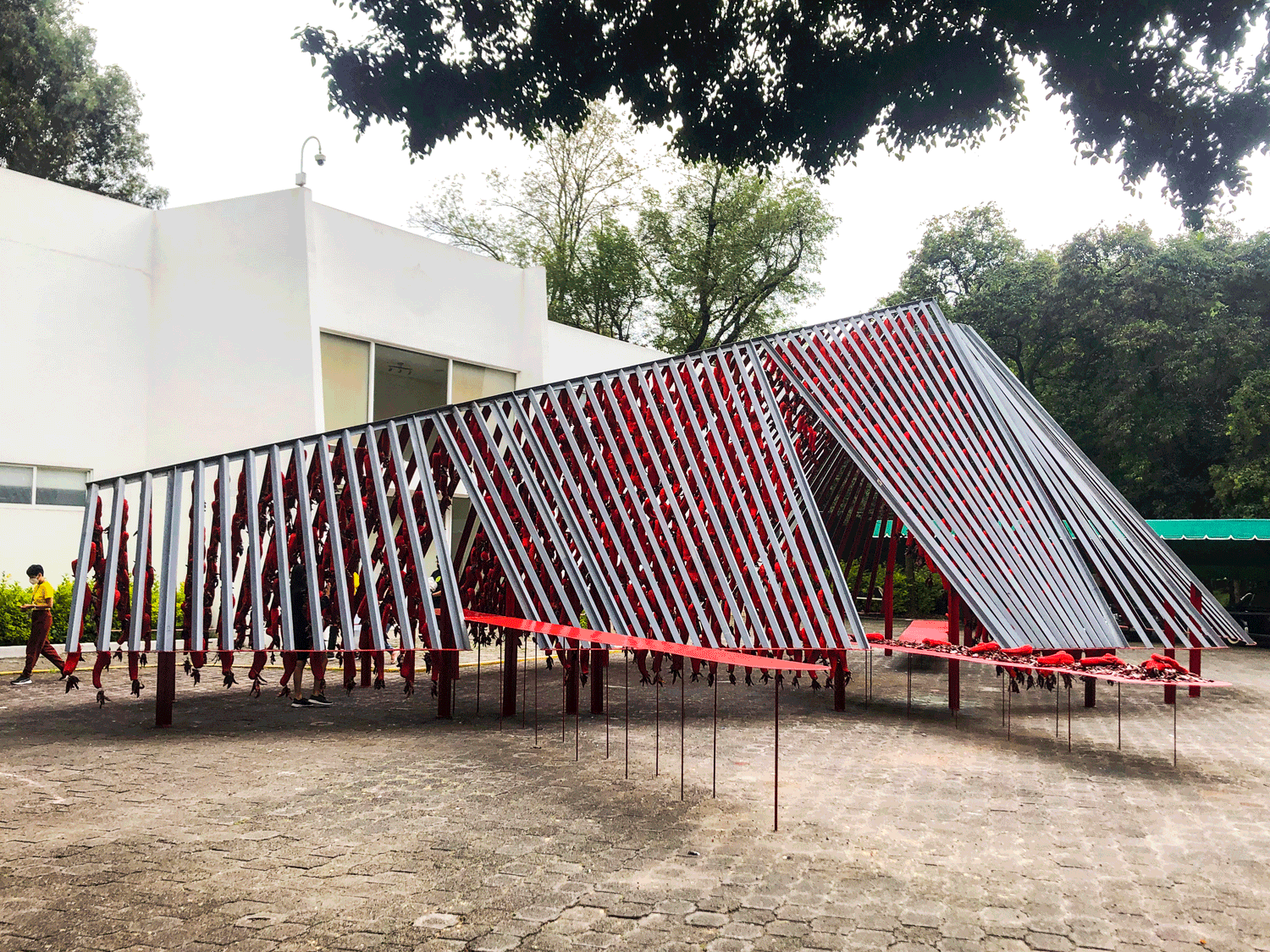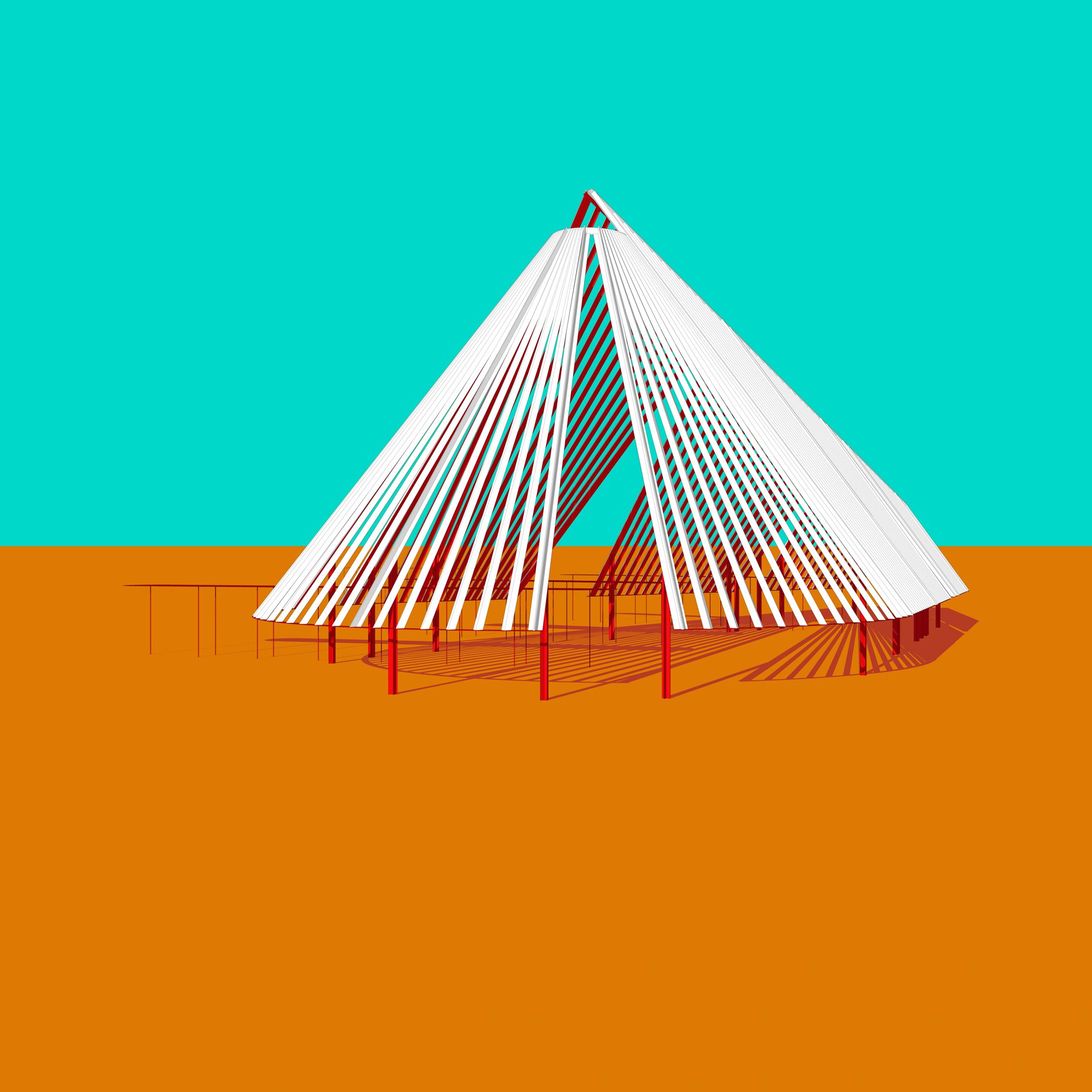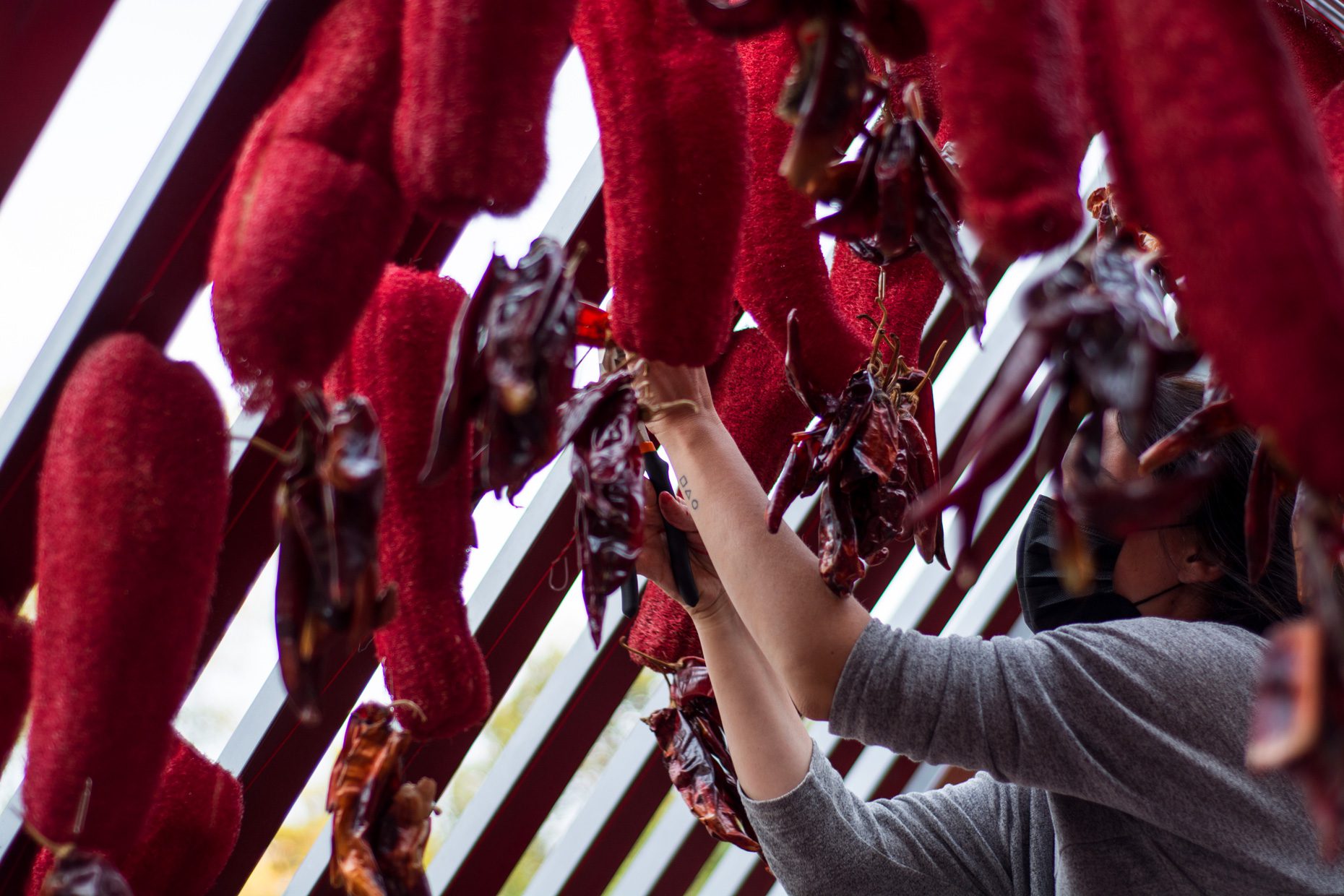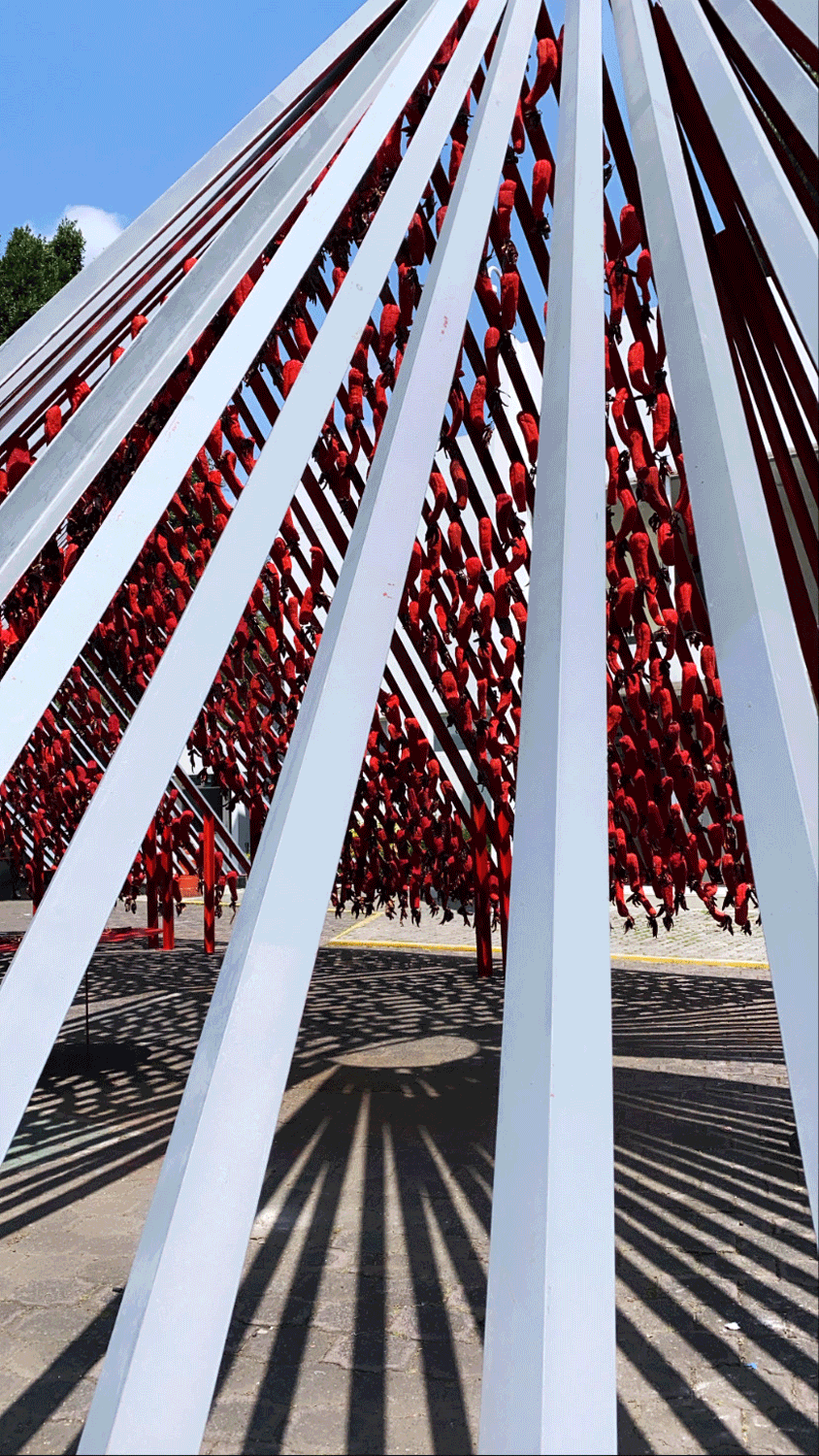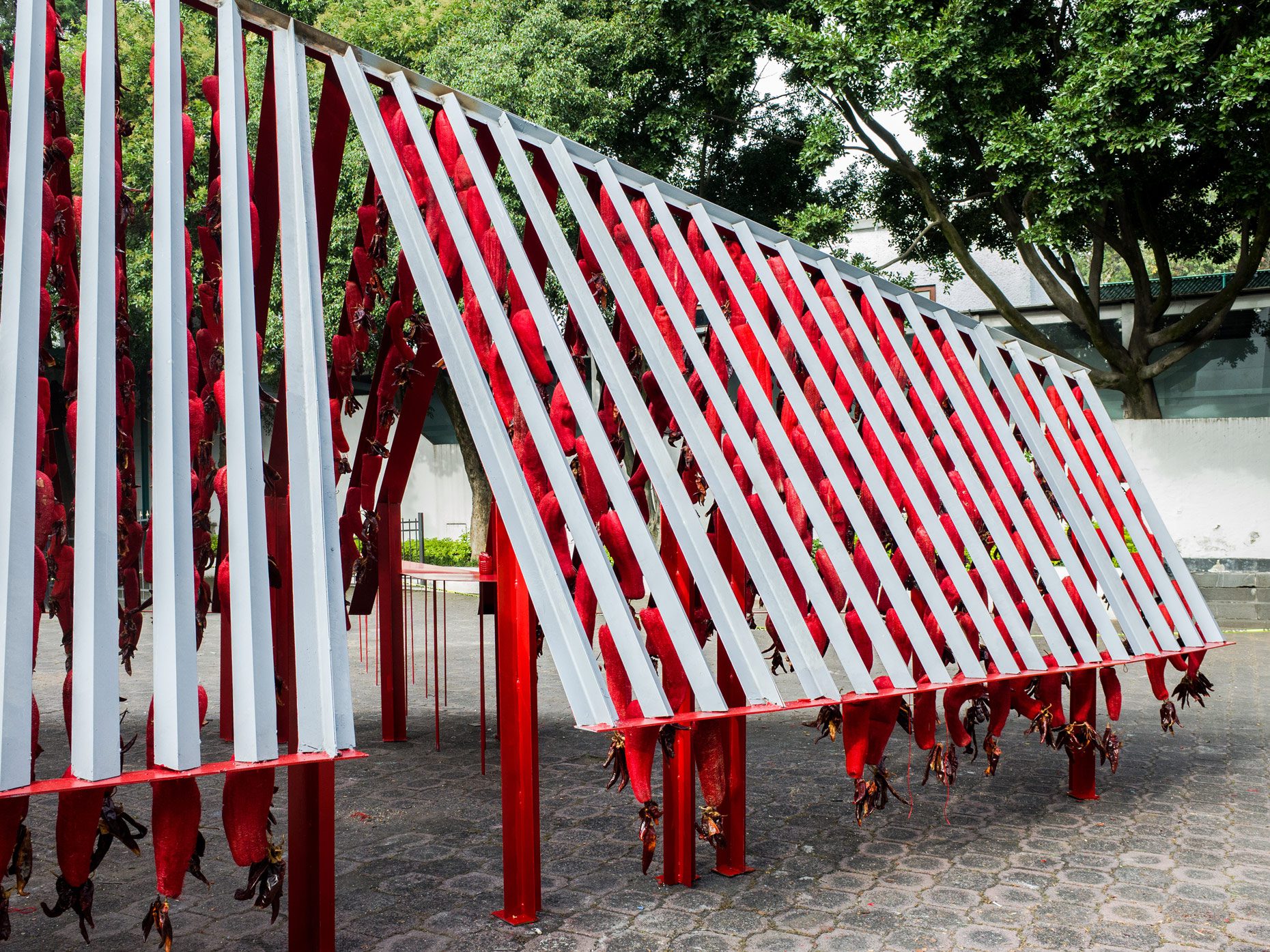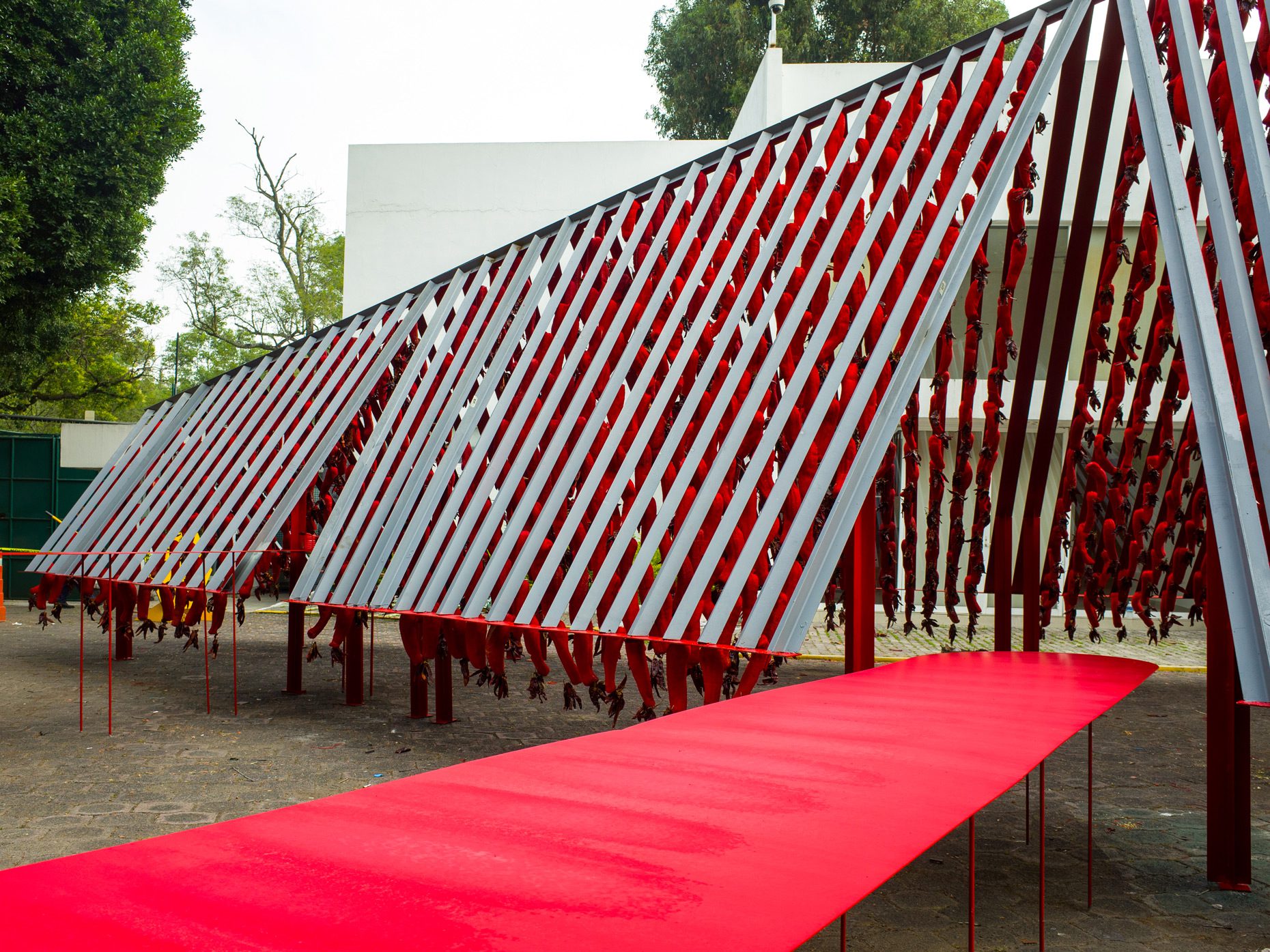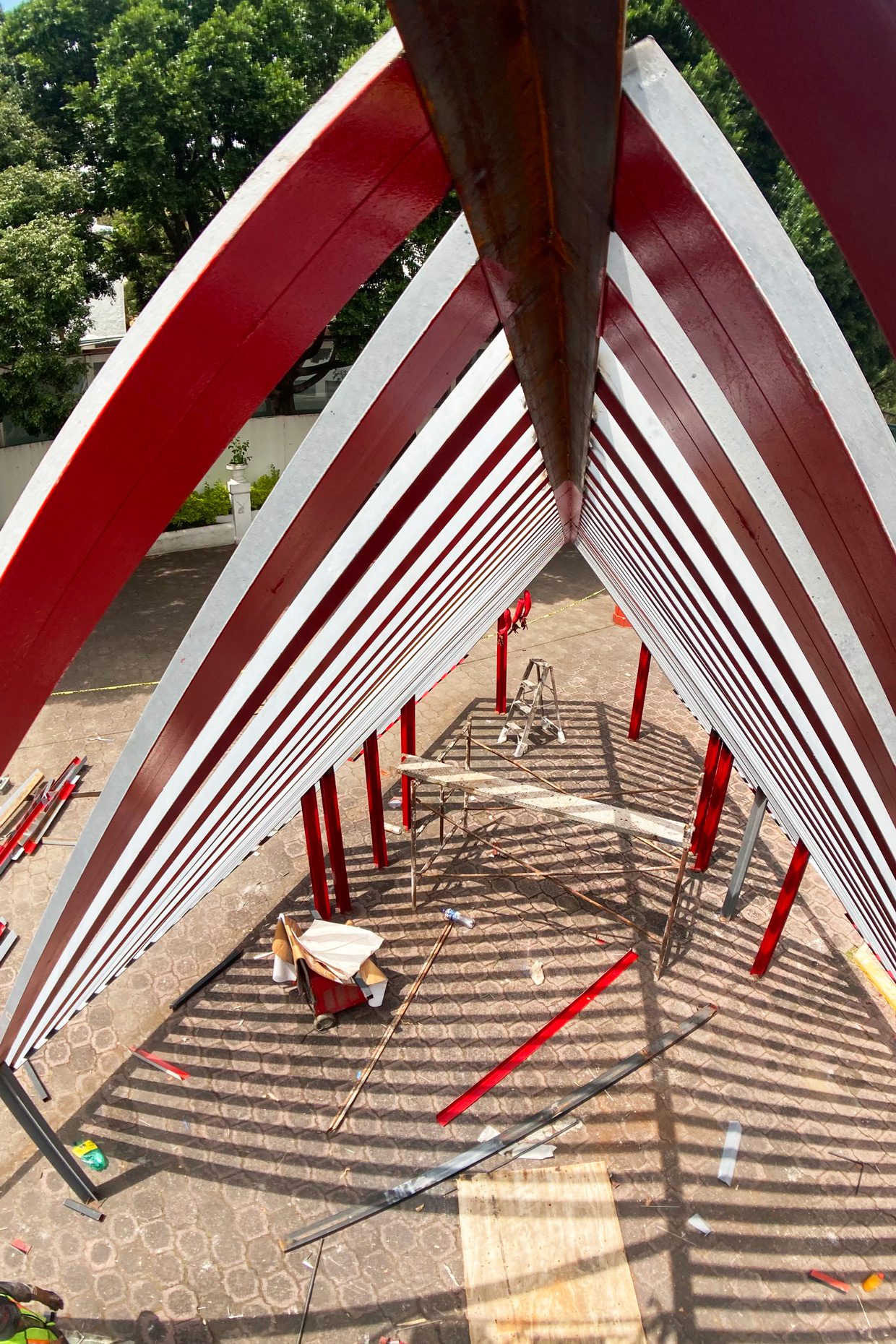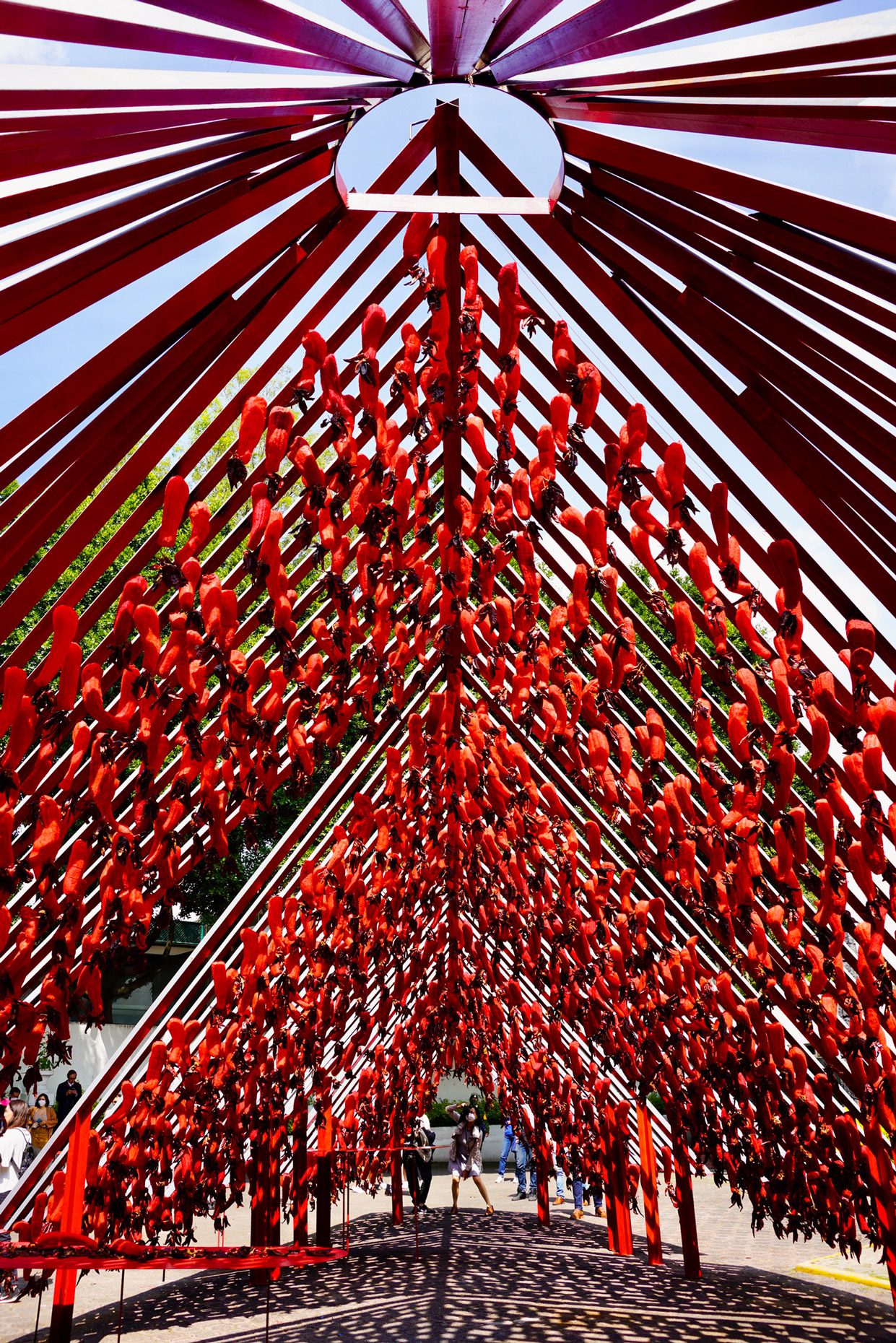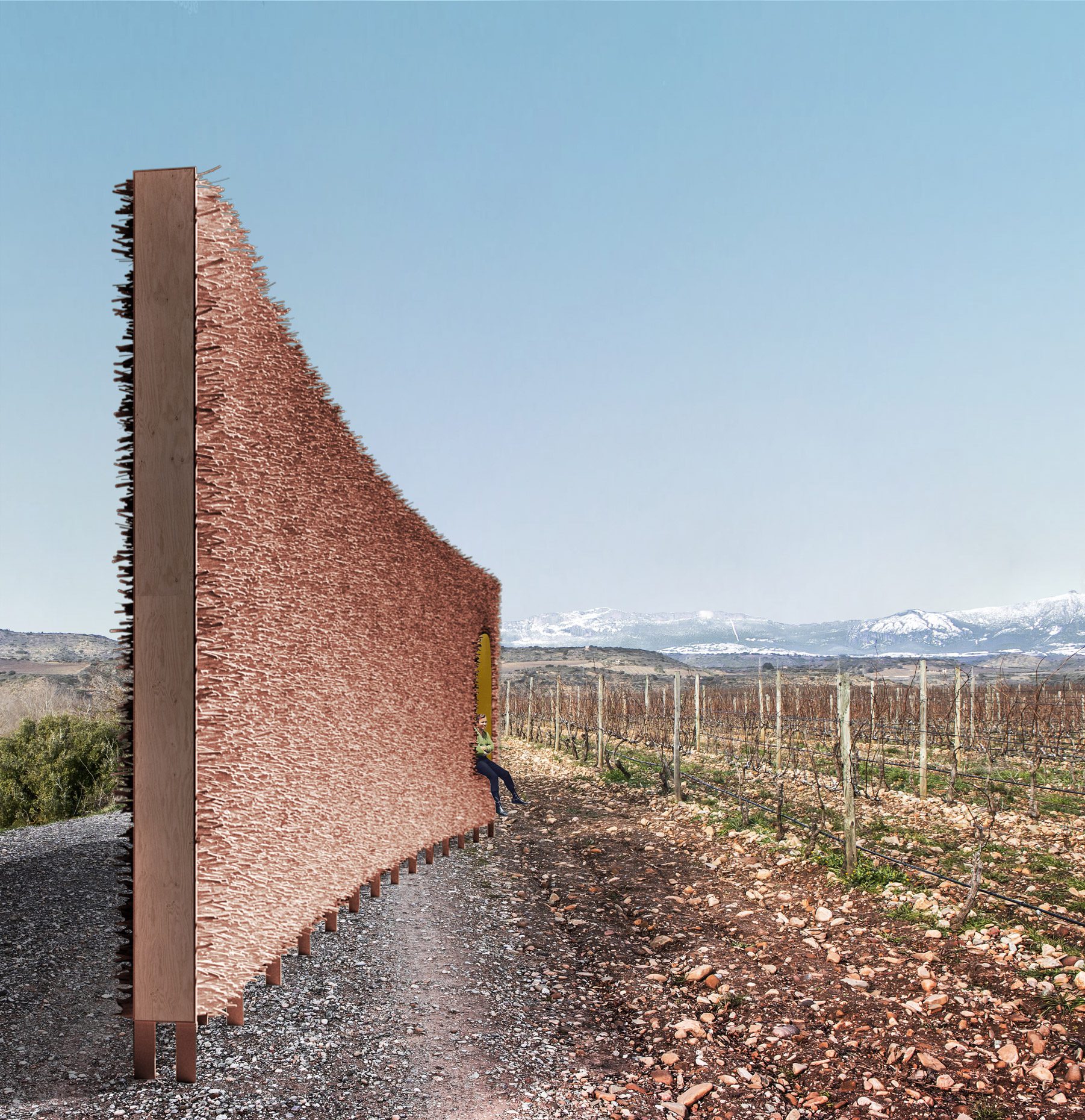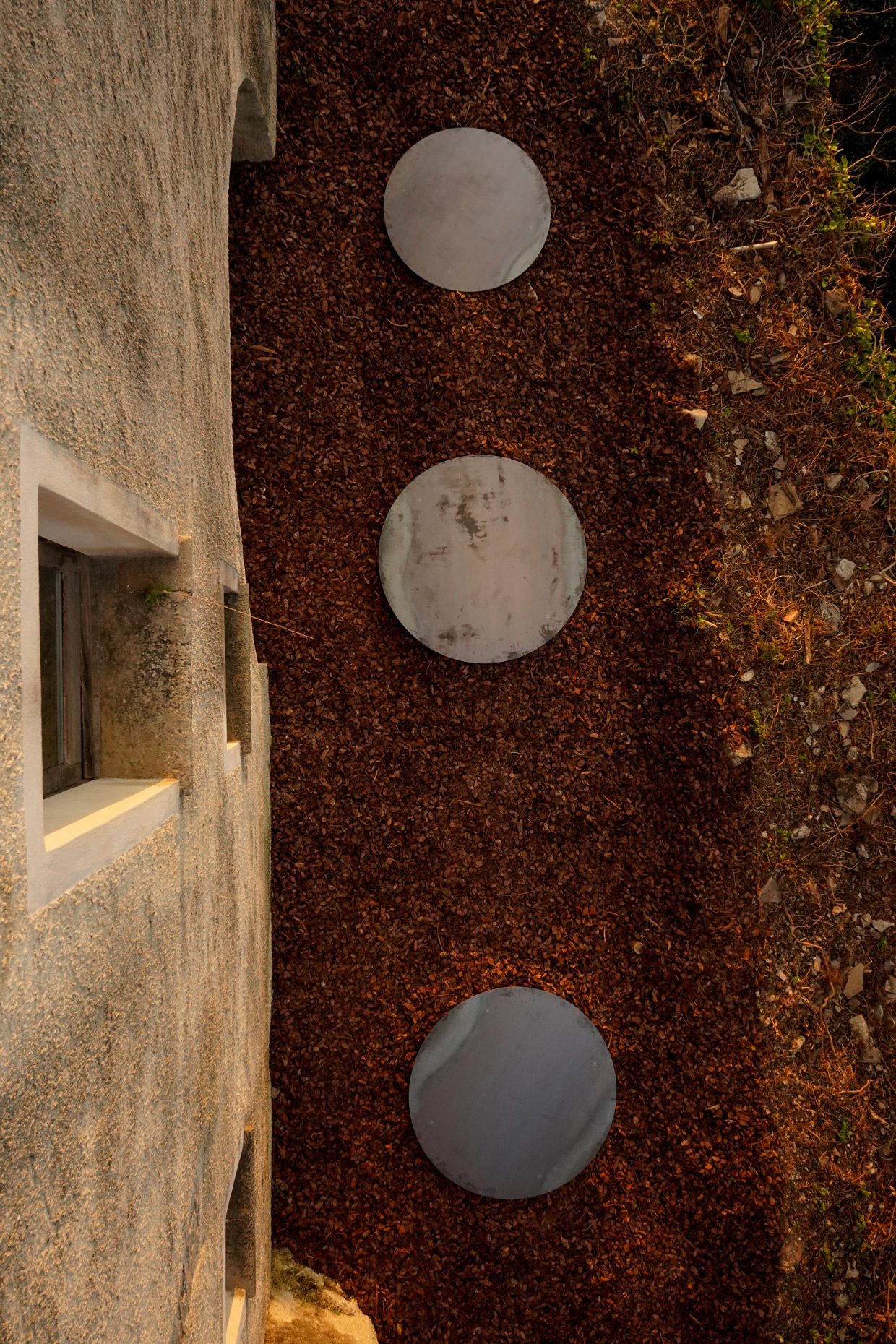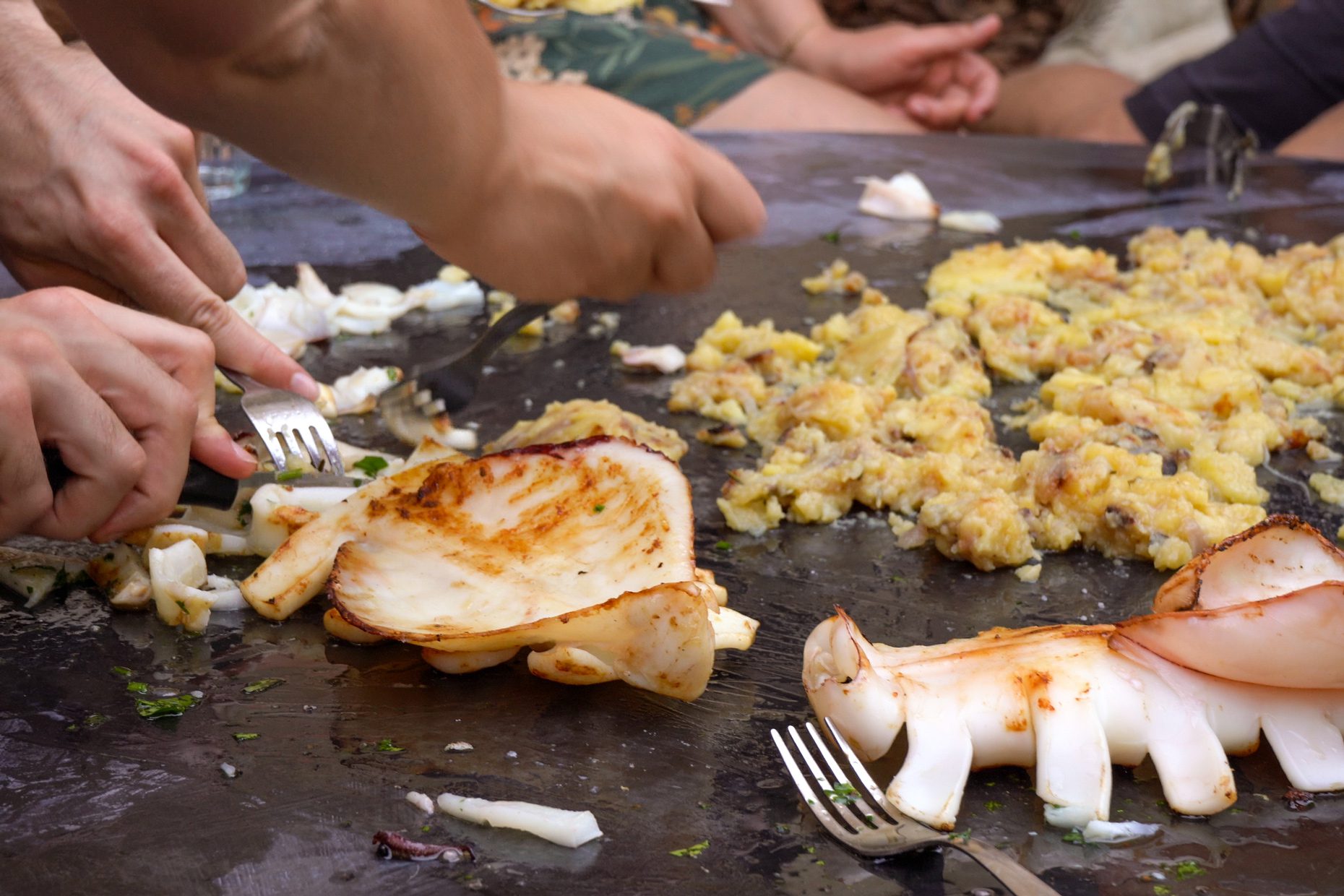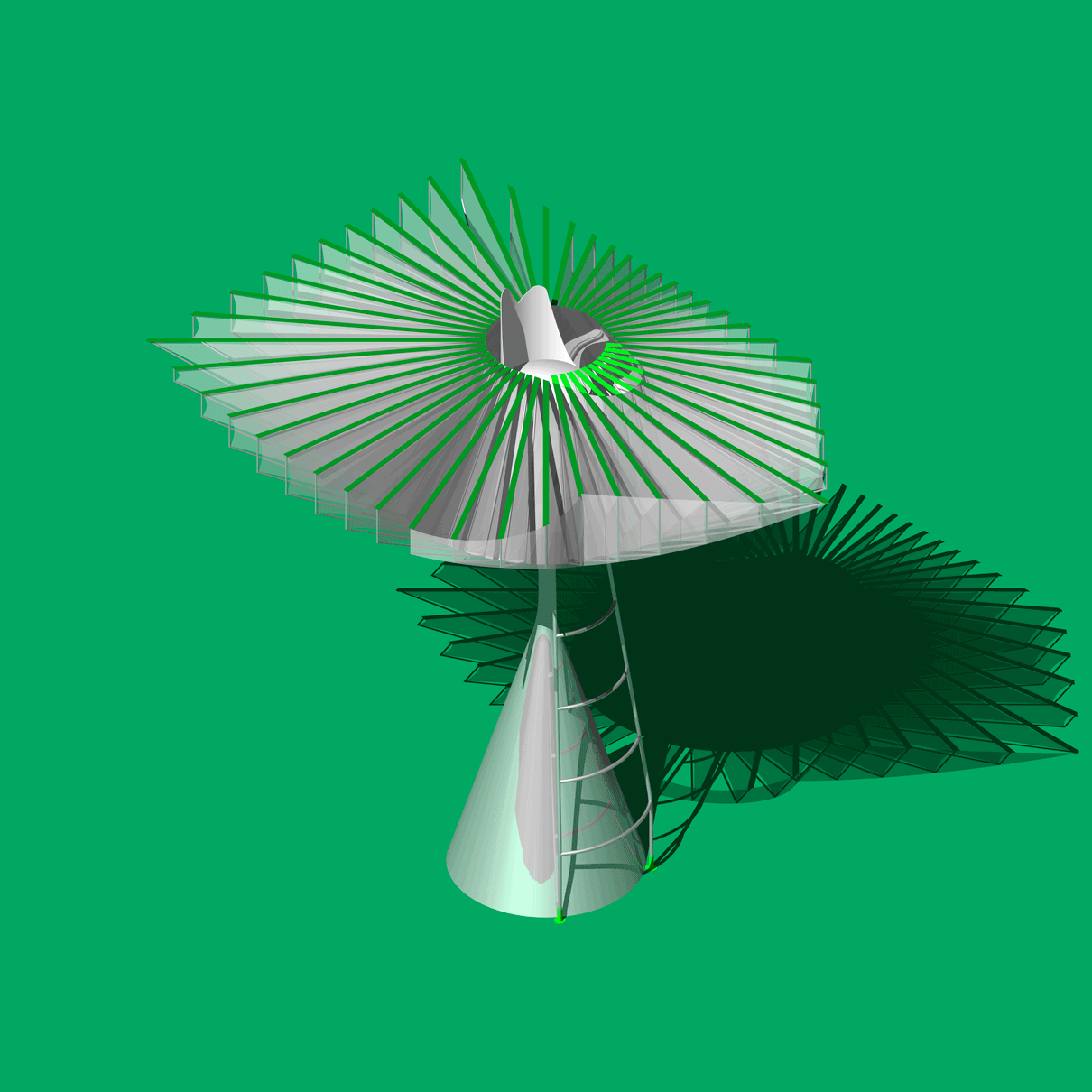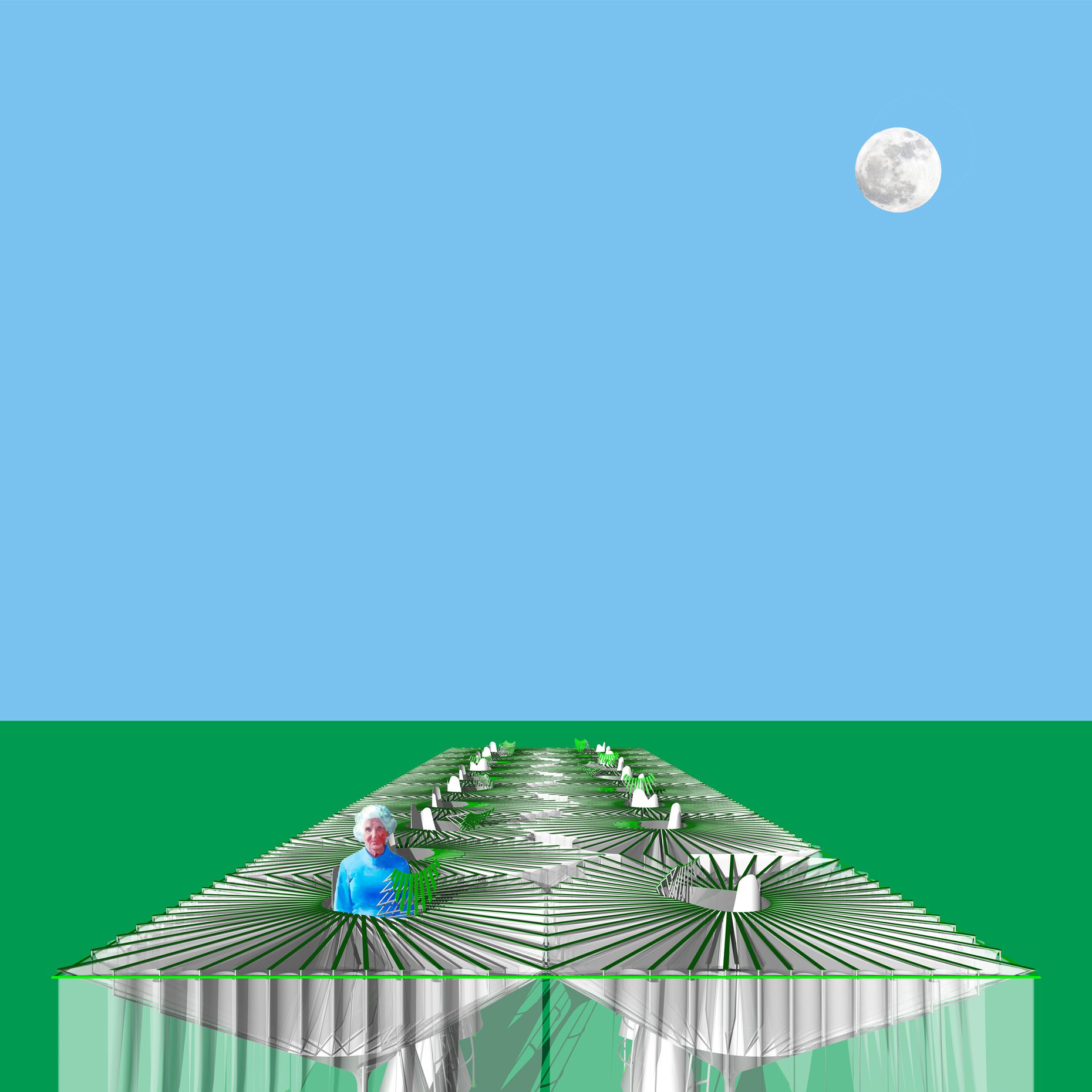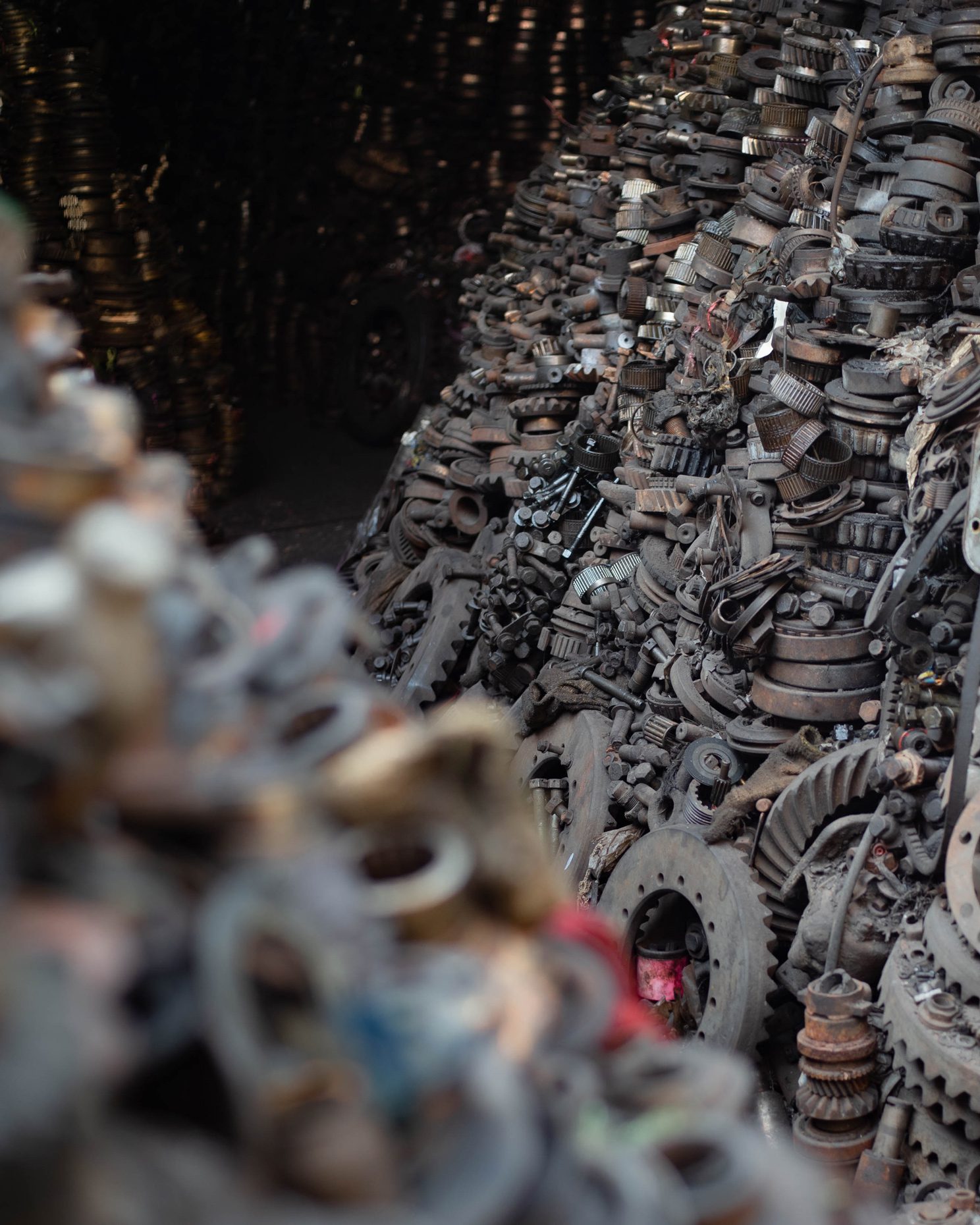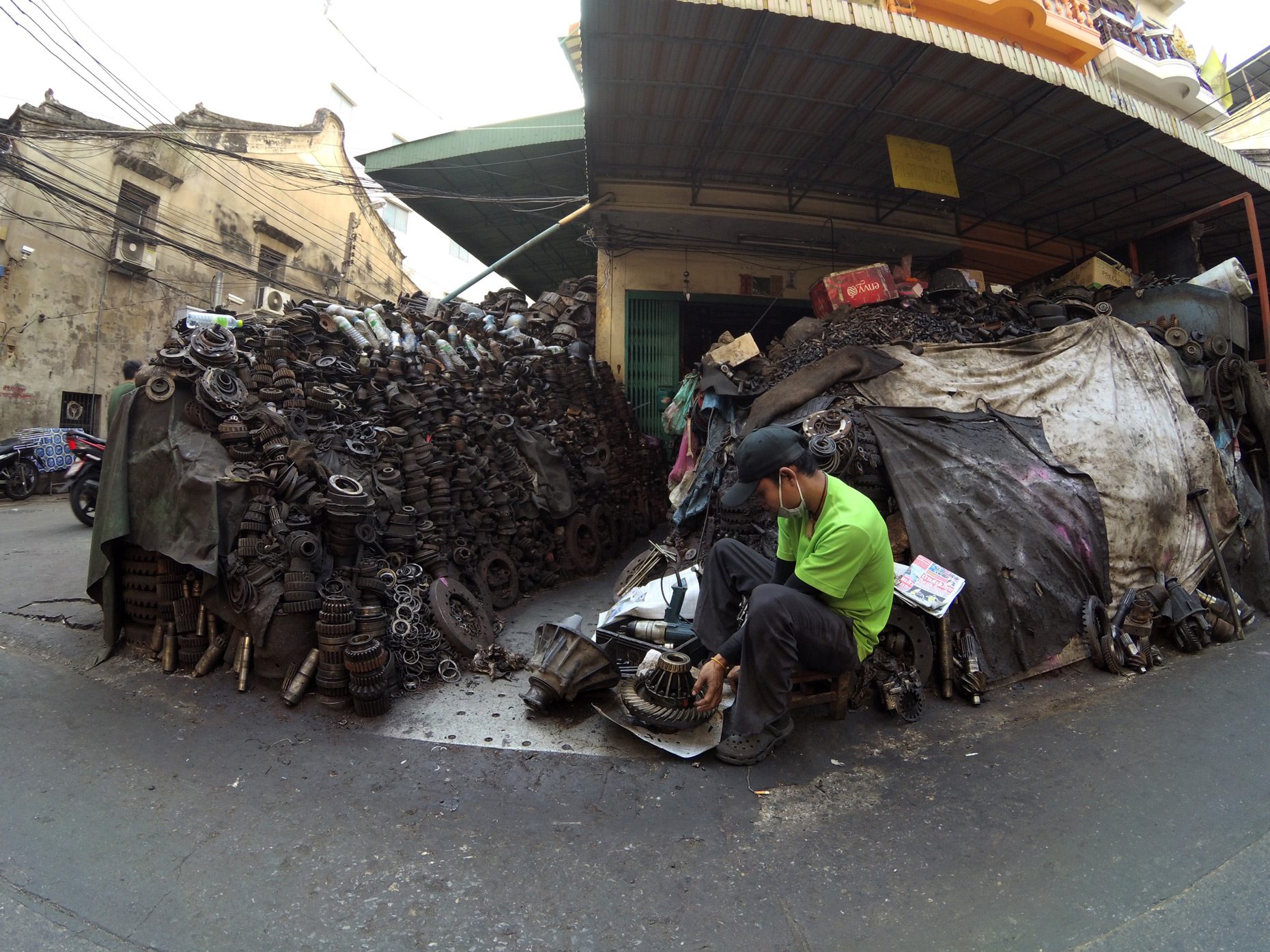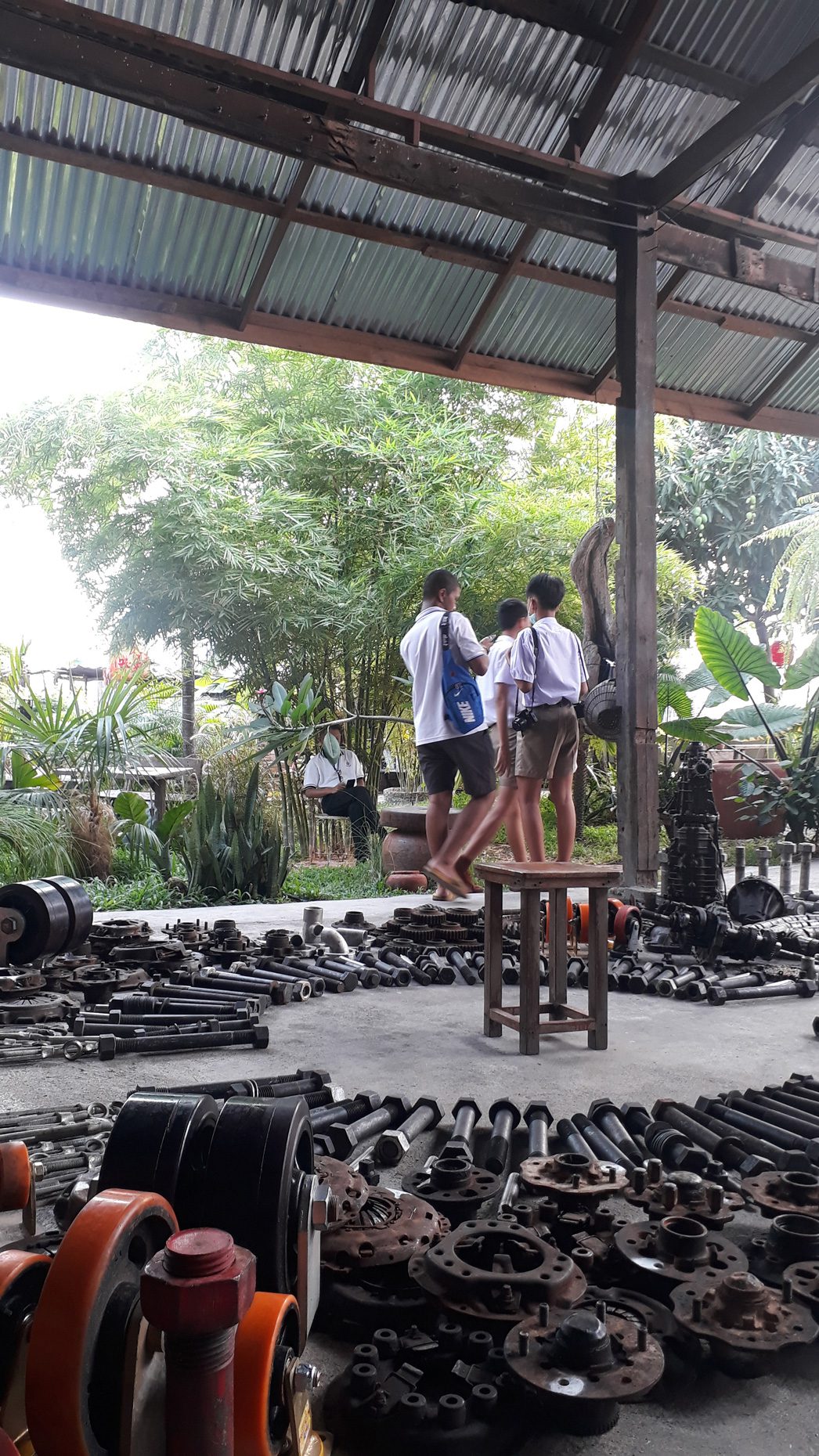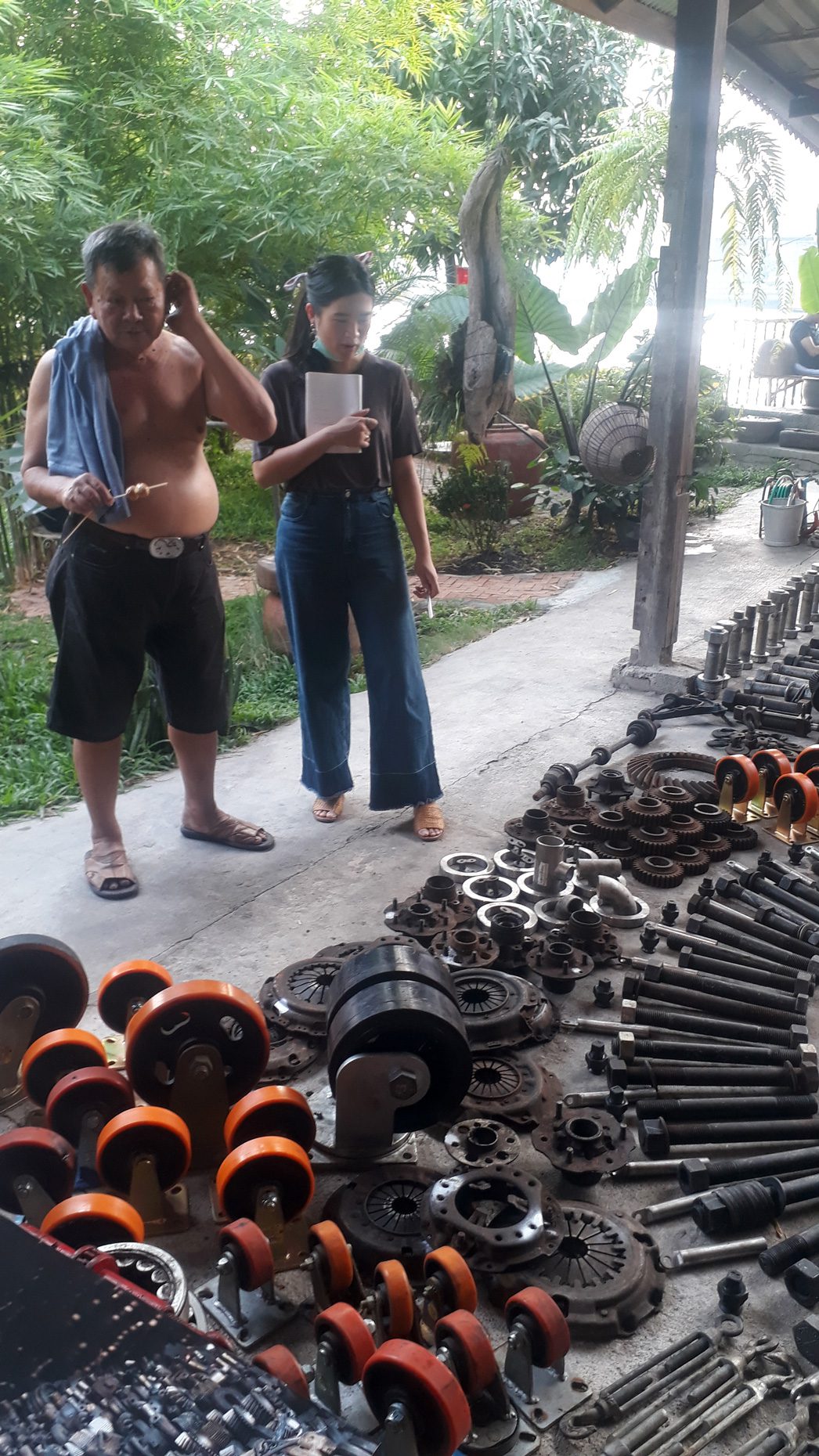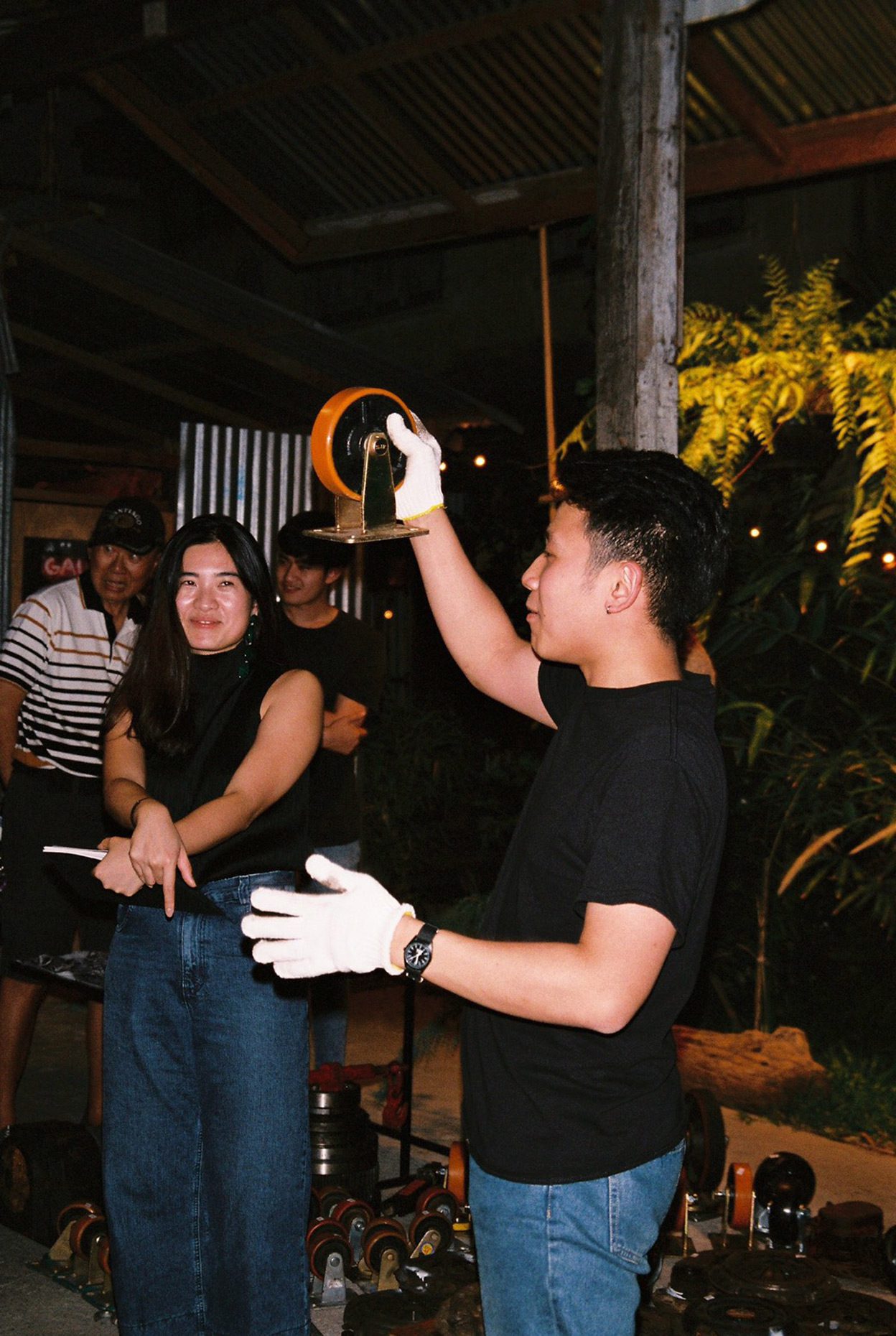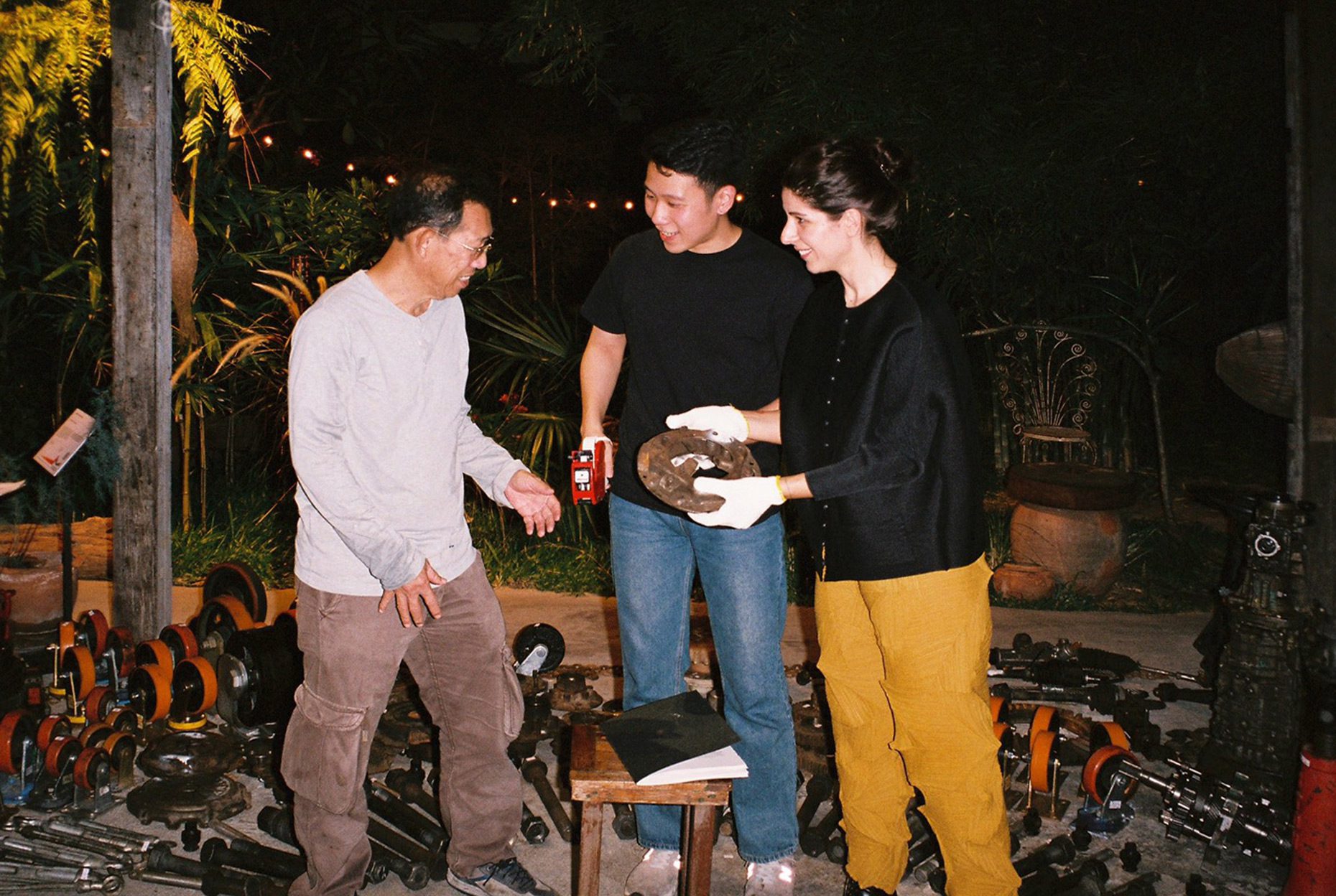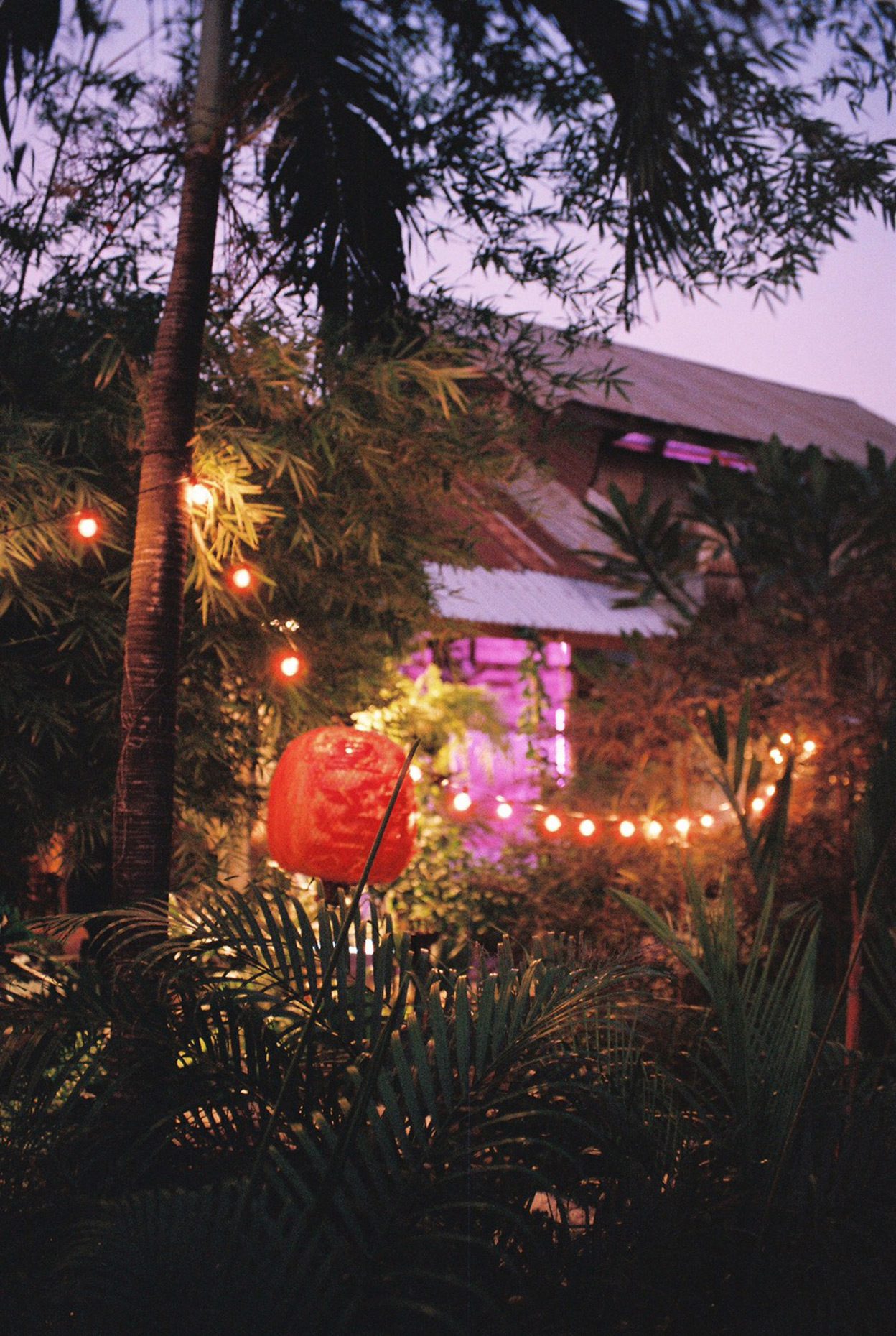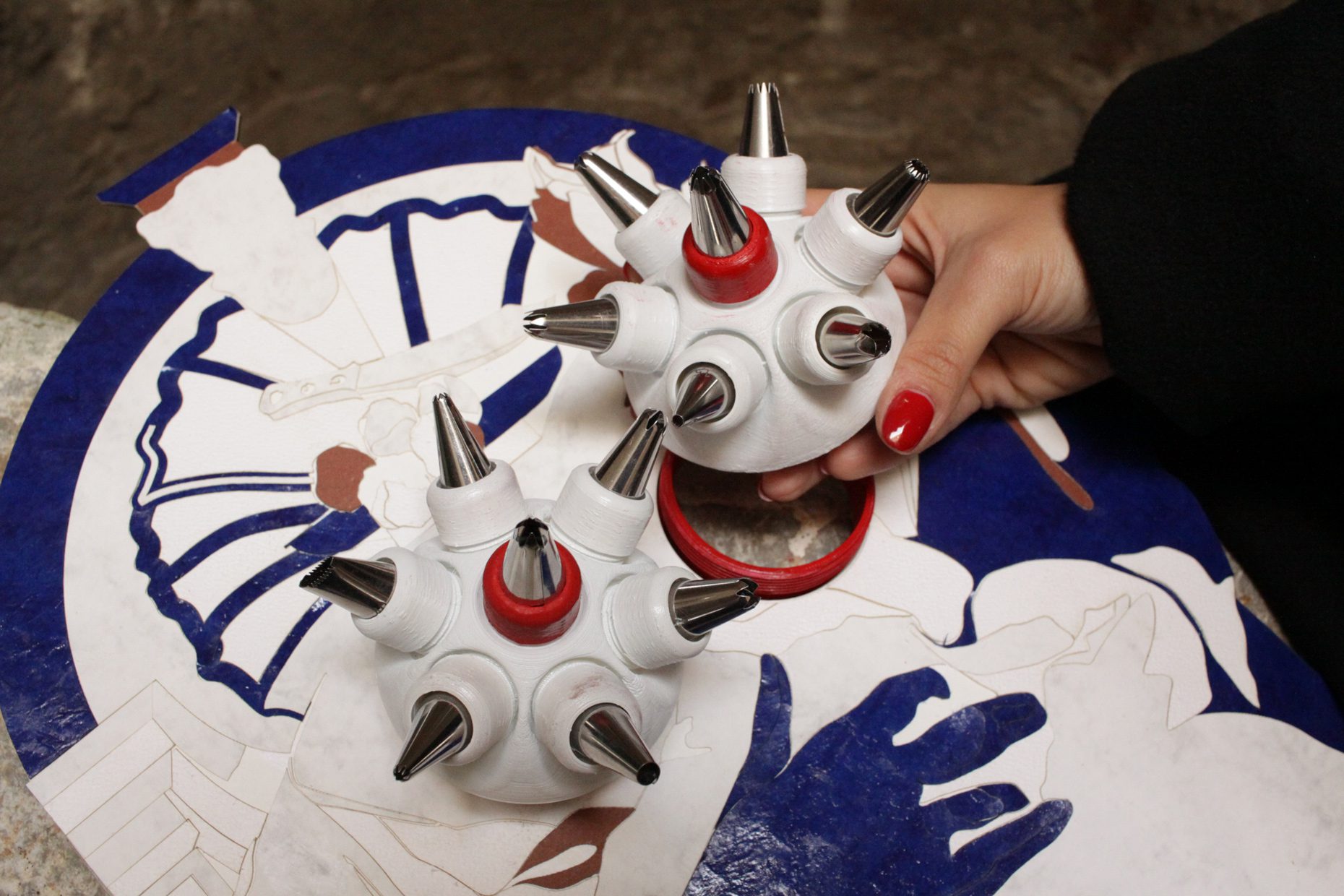THE LONG RUN
Read more
THE LONG RUN
Public Theatre
@London Festival of Architecture (Finalist)
London,
2022
“A system of theatrical organization whereby the play performed runs as long as there is an audience for it.”
The long-run is a modular space that can be assembled in three different configurations to put in dialogue the public space with the people who inhabit it. It is a sort of “thrust stage” - a platform that protrudes into the audience. In the same way, we are constructing this device that invites the audience to appropriate the stage and make use of Phoenix Road and shared roads and streets. The long-run is a theatrical device composed of nine wooden benches, which are held together by 18 poles where at the top we find a small knob that reminds us of the finials and washing lines and pegs of Somers town. The finials of “The long-run are simultaneously identitarian and functional elements: they work as parts of a simple pulley system for the benches, as anchor points for cables and for potential shading canopies.
This public performative platform can be adjusted in scale and be assembled in different conformations depending on the desired activity. The first configuration is a platform 7.2 x7.2 m which can be used for chatting, laying down, picnics and playing. If lifted, the benches form a seating area - a conversation pit. Here a series of canvases and drapes can be attached on each side to allow students to draw, sketch and present. In collaboration with Scene & heard the space can be used throughout the two weeks of intense playwriting weekend, where children with dramaturgs rehearse their plays. In that case, the space is enclosed and the drapes become an ever changing cyclorama.
The stage set acts as a public affirmation space for children and adults to witness their creativity. And when the play is ready to be shown, the thrust stage becomes a seating stall/tribune, inviting the public to see the play in this third arrangement. The long-run, due to its simple profile, could be adapted to multiple sites - our proposal is to place it as a congregational bridge between the public sidewalk of Phoenix Road and the currently unused garden of Oakshott Court. “From grey to green” - we believe that the first act of this process should be about valorising the multiple existing green spaces of Somers Town. We want to create a device that can be recognized as a point of reference, a meeting place in the neighbourhood to socialise, rest and play which makes you aware of the importance of public streets, making it a space of permanence rather than just a passage.
During the weekend of Phoenix road closure, we will disassemble the stage into a long table that occupies the whole street. The fourth configuration will see a tea ceremony as in the past - a magnificent 64.8 metre collective pathar mangshor jhol on a Sunday. Moments of ordinary life will be emphasised and brought to life by the creative daily use of this long-run.
Designed by
Lemonot
with
Gianmarco Dolfi
Camilla Tinti

